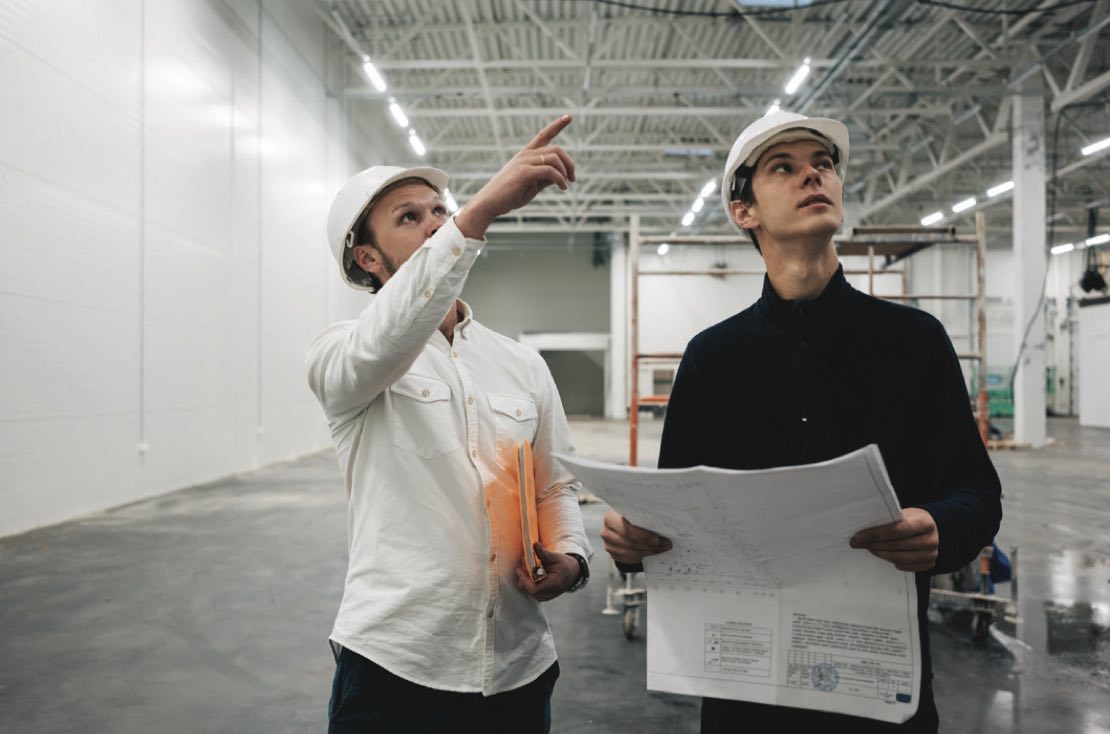May is Building Safety Month, an international campaign to raise awareness about the importance of building safety and what it takes to create and maintain safe, sustainable and resilient structures. As building consultants for Sedgwick’s property solutions division, we deal with the safety of damaged structures every day. Here, in honor of Building Safety Month, we would like to offer a glimpse into the practice of building consulting on property claims and advice on ways to protect and preserve the safety of everyone present at a loss site.
A day in the life
Our team of building consultants provides a variety of services to help insurance carriers and policyholders address property damage claims and related repairs. We partner with a range of carriers and adjusting groups — including our own adjusting colleagues — on all kinds of high-severity and complex losses. Drawing on our technical backgrounds, we act a neutral third party, offering professional guidance on damage assessments, safety standards, structural engineering, materials quality, contractor pricing, scoping and estimating, repair schedules and more. Having spent significant time in the construction industry, we are uniquely suited to work with architects, building contractors, engineers, fire investigators and others engaged in the claims process.
On any given day, we might find ourselves at a historic church, a manufacturing plant, a condominium complex, a small business or a recycling facility. We go wherever the losses occur and wherever our clients and adjusting partners need additional support and technical expertise.
Building consultants are often in the first line of defense. We accompany adjusters on their initial visit to high-risk loss sites, and that’s when much of our safety training comes into play. Without an initial safety inspection and full drive/walk through the property to identify potential hazards, there’s significant risk of people being in harm’s way. We don’t want anyone coming onto the property sight unseen and putting up a ladder without knowing what to expect.
In general, the person who best knows the property and its potential problem spots is the insured (or their property manager/employee), so we combine their insights with our professional expertise to provide a preliminary safety assessment. Sometimes we’ll also enlist drones to collect additional data from above; they come in especially handy for inspecting areas that are unsafe to enter or otherwise off limits.
Taking precautions
Damaged properties can present a host of risks — some that are visible to the naked eye and others that only trained professionals have the experience to detect. Here are some fundamental safety rules for anyone at a loss site:
- Wear the right gear: Everyone must wear personal protective equipment (PPE): hard hat, shoes with hard soles and toes, safety vest and protective eyewear. In cases of fire damage or suspected pollutants or carcinogens, respiratory protection should also be worn. Employers should provide this equipment, rather than relying on employees to procure it themselves, to ensure effectiveness and full compliance.
- Don’t go it alone: It’s safer to travel in pairs — especially when visiting unknown territory — in case one member of the team incurs a fall or other injury/impairment.
- Look up: Before climbing up to a roof, be sure someone with a trained eye has done an underdeck inspection. A survey of the inside of a structure looking up can identify areas of the roof that are unsafe to walk on, like skylight panels disguised by paint or sections that have been tarped. Additionally, be aware of overhead hazards, like low-hanging light fixtures and saturated drywall at risk of falling.
- Verify before demo: It’s not safe to remove materials from a structure until you know what they are. In older structures especially, what looks like basic drywall may contain asbestos or lead. Enlist a professional to test potentially hazardous materials prior to conducting any demolition.
- Light the way: Proper lighting is critical to safety during an inspection. Entering a dark space puts you at risk of injury from protruding nails, electrified standing water and other dangers. Speaking of electricity, loss sites may be without power, so come prepared with your own battery-operated lighting sources.
Beyond physical safety
As building consultants for the property claims sector, we see homeowners, business operators and lessees just after they’ve experienced a traumatic event. They are worried about their belongings, their safety and how they will take care of their families and employees in the wake of their major loss event. An important part of our job is to demonstrate to every customer and policyholder that caring counts.
There are two main ways we accomplish this. The first is through the high-quality service we provide. By thoroughly assessing every property we touch and clearly communicating our knowledge and expertise, we give people peace of mind when they need it most. They can rest assured that we’ll identify the full extent of the issues and oversee all aspects of the repair process, so there won’t be any unwelcome surprises down the road.
We also show how caring counts by listening and taking a holistic view of every loss. Many people want to tell their stories or vent about what they’ve endured as they process their experience. Knowing they’ve been heard and forging a human connection can restore a person’s sense of control at a time of chaos. It’s not enough for our team members to have in-depth technical knowledge of construction and building safety; we also must be able to support the emotional aspects of a loss. Understanding that we are dealing with people’s precious belongings, livelihoods and businesses weighs into our decision-making and recommendations. Whenever possible, we aim to expedite processes that minimize disruptions and help people get back to normal, so they can reclaim their sense of safety as quickly as possible.
> Learn more — visit buildingsafetymonth.org, read about our building consulting solutions or email our team of experts at [email protected]

